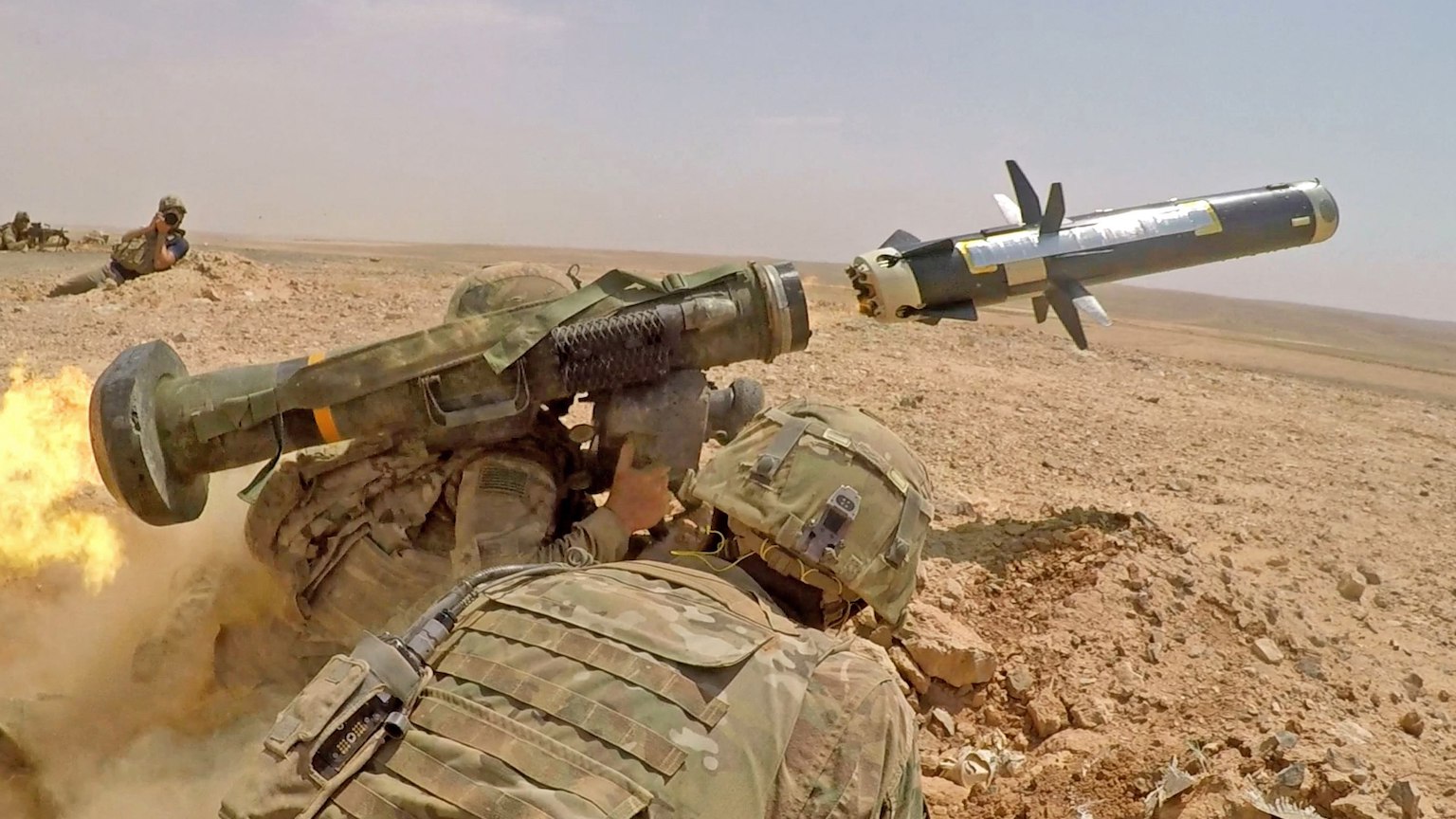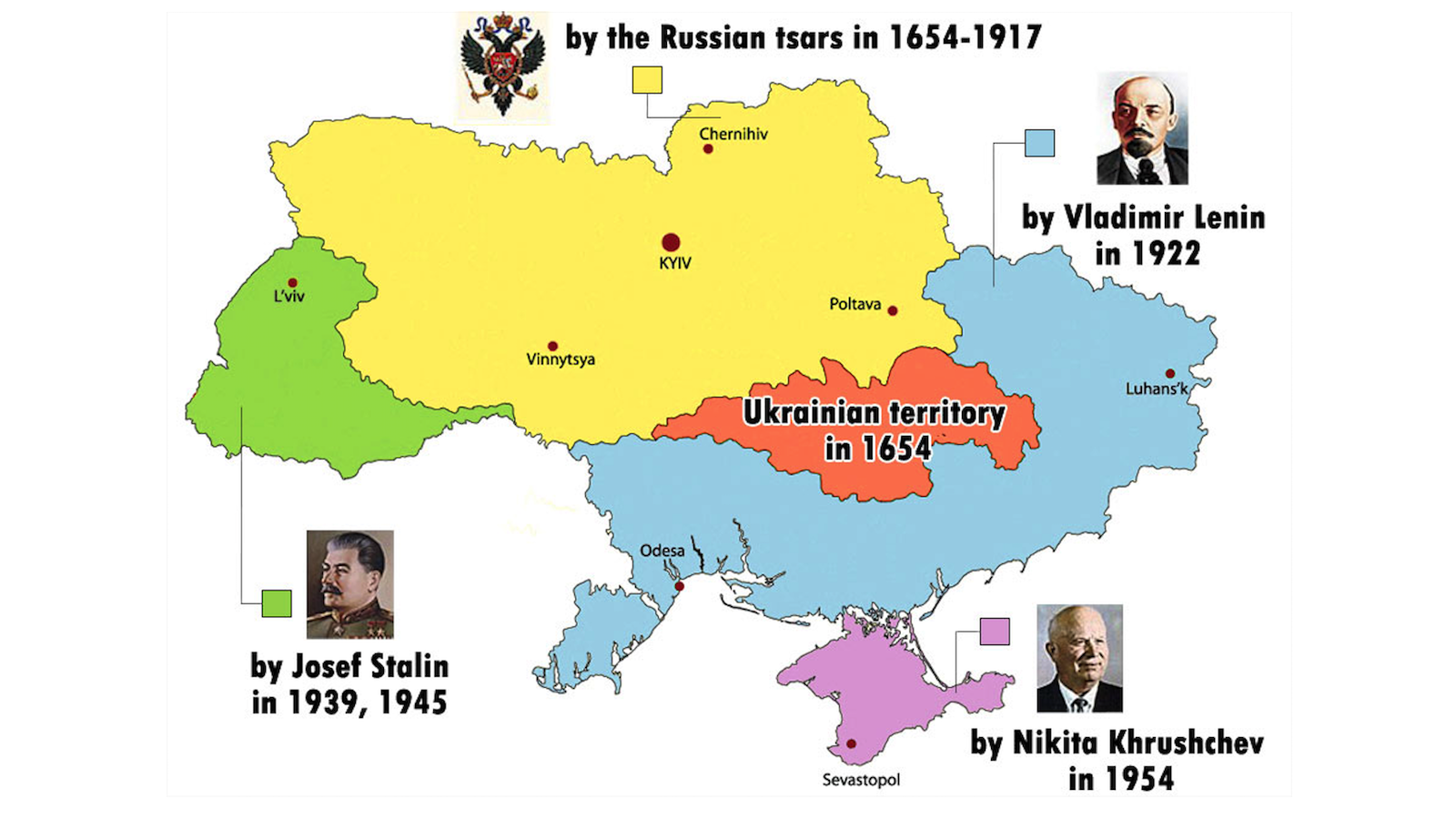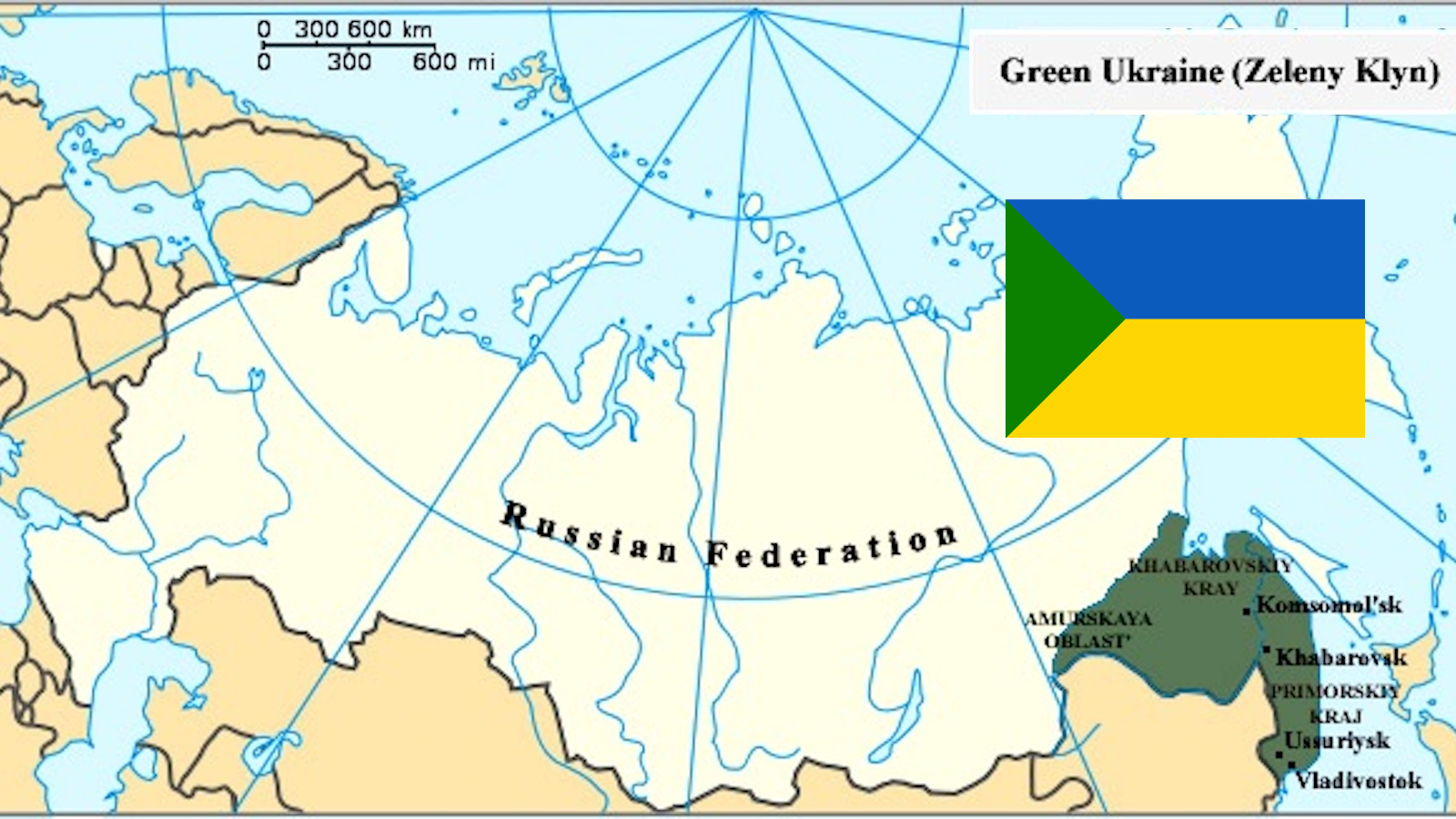Javelin missiles: Thank DARPA for Ukraine’s success against Russian tanks

- Javelin missiles have helped Ukraine repel the numerically superior Russian military.
- These missiles are the result of a competition between DARPA and the U.S. Army.
- They are capable of penetrating tanks and circumventing various countermeasures, such as reactive armor.
The ancient javelin, a light spear thrown by hand, was a key weapon for Egyptian, Greek, and Roman armies. It was decisive in battle for thousands of years. Today, there is a new Javelin that is equally decisive: the FGM-148 Javelin missile. It is a relatively large, shoulder-fired guided missile with a range of about two miles, and it has transformed the war in Ukraine. Its explosive warhead is capable of penetrating heavy armor (like tanks) and is highly lethal against other targets, like low-flying helicopters.

The Javelin has two features that, together, make it unique. First, it is a fire-and-forget guided missile, which means that the operator locks the missile on to a target before it is launched and then the missile guides itself to the target. This is important because the shooter can immediately seek cover and, unlike with less sophisticated weapons, the missile will not be affected by return fire at the gunner that could disrupt his ability to maintain aim. The second critical feature is the ability to follow either a straight trajectory like most missiles, or a lofted (arch-like) trajectory that enables the Javelin to hit the larger, less protected top of a target such as a tank.
This combination of capabilities has produced a missile that is exceptionally effective and has allowed Ukraine to inflict heavy losses on the numerically superior Russian army. The weapon is so critical that Ukraine has requested deliveries of 500 of them — daily.
Thank DARPA for Javelin missiles
Where do such stunning innovations come from? For 60 years, the U.S. military has had a secret strategic weapon: The Defense Advanced Research Projects Agency (DARPA), whose mission is “to make pivotal investments in breakthrough technologies for national security.” As its website says:
“DARPA explicitly reaches for transformational change instead of incremental advances. But it does not perform its engineering alchemy in isolation. It works within an innovation ecosystem that includes academic, corporate and governmental partners, with a constant focus on the Nation’s military Services, which work with DARPA to create new strategic opportunities and novel tactical options.”
In the late 1970s, DARPA was developing infrared focal plane array (IR FPA) technology that “sees” the heat image of an object, which allows it to be viewed in daylight or at night. Dr. James Tegnelia, who had come from the Army Night Vision Laboratory (NVL), was the DARPA program manager on the project. When DARPA and NVL started having success with the IR FPAs in 1979, Dr. Tegnelia asked for applications, and a consulting contractor suggested an advanced, fire-and-forget missile to replace the TOW (tube-launched, optically tracked, wire-guided) and Dragon missiles, which were highly susceptible to counterfire after launch.
The DARPA team came up with a novel concept, combining the targeting and tracking capability of the IR FPA with a lofted trajectory ability for improved effectiveness. The concept was aptly called Tank Breaker. Two contractors, Texas Instruments and Hughes Aircraft Company, developed a successful prototype missile system.
In parallel, the U.S. Army was developing alternative concepts under a program that became known as Advanced Anti-Armor Weapon System-Medium (AAWS-M, pronounced “awesome”). The Army Missile Command had supported concepts that included a laser beam rider (that is, a missile that follows a laser beam sent by the shooter) and a fiber optic guided missile (which spools out a thin fiber optic cable to relay the image from the missile seeker back to the shooter). Army personnel were skeptical about a “fire-and-forget” missile, which they dismissed as, “You fire, and the missile forgets.”
So, a competition was held between the competing concepts in the late 1980s, and DARPA’s Tank Breaker won, thus becoming the official AAWS-M system. The Army later renamed the weapon Javelin, and it entered full-scale production in 1997 — the world’s first medium-range, one-man-portable, fire-and-forget, anti-tank weapon.
How Javelin missiles work
How does Javelin perform on an actual battlefield? In the constant innovation-response-counter-response cycle that occurs in warfare, tanks — like the Russian ones in Ukraine — employ reactive armor. Reactive armor works by having an explosive layer inside a sandwich of steel plates. Shaped charge warheads, such as the one on Javelin, form extremely fast, long “jets” of molten copper that sort of resemble a laser beam. When reactive armor on a vehicle is struck by a molten copper jet from a missile warhead, the explosive in the reactive armor detonates and sends the steel plates flying obliquely across the path of the jet. This degrades the jet such that it can no longer penetrate the underlying steel armor.
Javelin counters this in two ways: (1) a precursor warhead that initiates the reactive armor prematurely, and (2) an elevated attack that changes the angle of impact with the reactive plates, making them less effective. In many cases, Javelin does not encounter reactive armor at all because it hits in the less protected areas on the top of the tank. To counter this countermeasure, Russian tanks in Ukraine have attempted to improvise shields over their tops.
These shields do not appear to have been very effective; hundreds of tanks and other vehicles (as well as some helicopters) reportedly have been destroyed in Ukraine by Javelins. Used against the overwhelming numbers of Russian forces, the Javelin has been an effective force multiplier, the latter-day equivalent of the sling that David used against Goliath.





